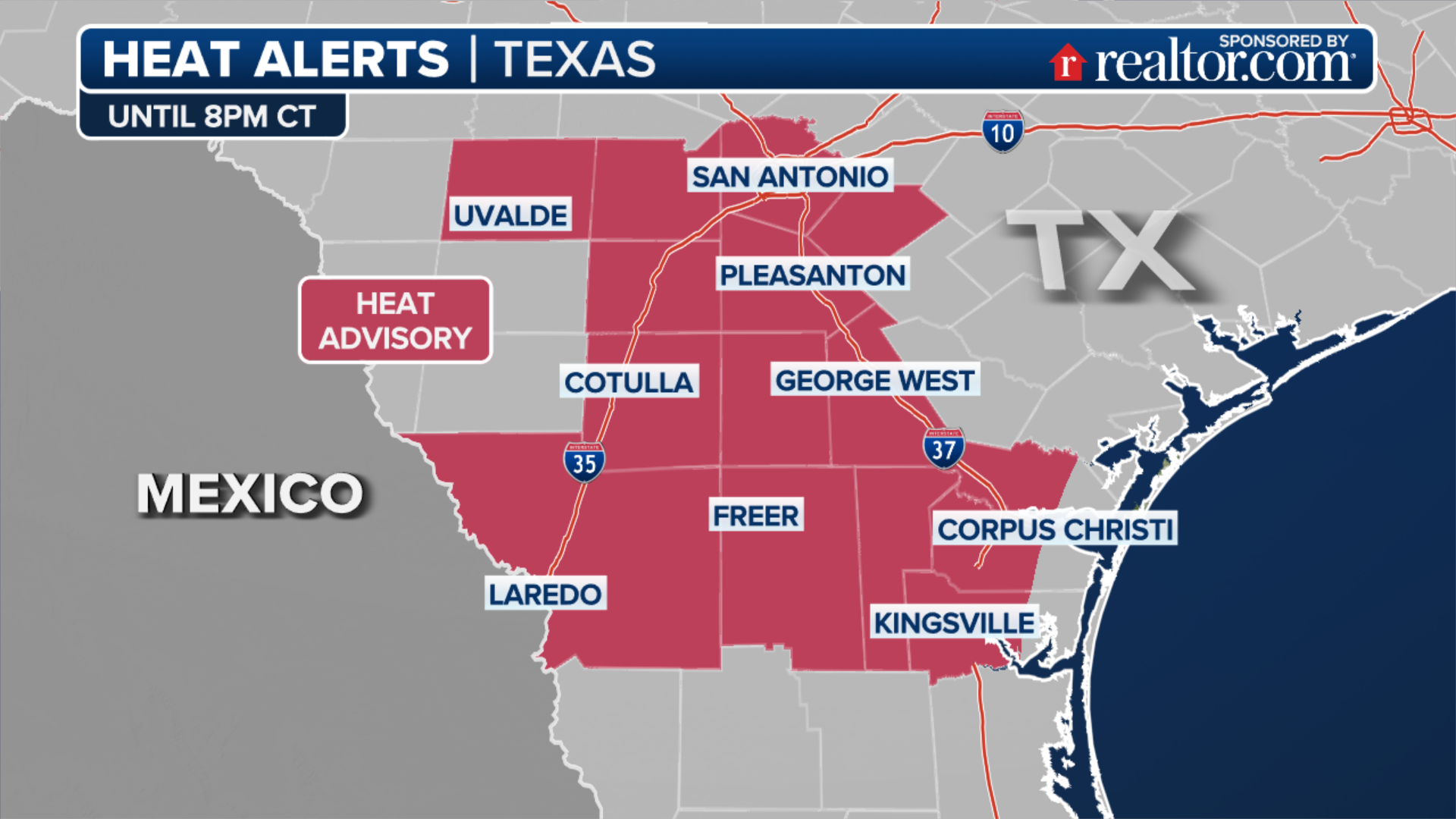Excessive heat alerts stretch across 4 states as dangerous start to summer continues
Alerts have been expanded to cover more Americans as computer models indicate the area of high pressure responsible for the summer sizzler will grow during the final week of June.
Dangerous heat wave in Texas continues this weekend
Millions across the Lone Star State and throughout the South will continue their streak of heat alerts, as many fall under an Excessive Heat Watch, an Excessive Heat Warning or Heat Advisory through Tuesday night. June 24, 2023.
Nearly 11 million people across four states are under excessive heat alerts as a dangerous heat wave that is more than a week old is expected to expand this week, and forecasts indicate the sizzling weather will continue until at least the Fourth of July.
The FOX Forecast Center said the historic heat wave has sent temperatures soaring in Texas into the 100s and 110s for days, with dozens of record highs set over the week and into the weekend.
Some cities have even seen their hottest temperature on record these past several days, such as San Angelo reaching 114 on Tuesday and Wednesday, beating their previous all-time record high by three degrees. Rio Grande Village, Texas, reached 118 degrees Tuesday, nearing an all-time high temperature for the entire state. It was just two degrees shy of the state temperature record set in 1994.
Even more records could tumble Sunday.

(FOX Weather)
Excessive Heat Warnings remain in effect for West and South Texas. On Sunday, the warnings returned to Southeast Texas, including the Houston metro area.
Meanwhile, Heat Advisories cover millions more across Texas, New Mexico, Oklahoma, Louisiana, Arkansas, Mississippi, Tennessee and Missouri. An Excessive Heat Watch has been issued for southeastern Arizona. All told, more than 40 million are now under heat alerts across the southern U.S.
Alerts have been expanded to cover more Americans as computer models indicate the area of high pressure responsible for the summer sizzler will grow during the final week of June, bringing intense heat to parts of the country that have been spared thus far.

(FOX Weather)
Intense heat will likely linger into July
The FOX Forecast Center is tracking long-range forecast models indicating the overall pattern leading to this extreme heat will linger into early July. What makes this especially dangerous is the number of consecutive days with heat indices close to or above 100 degrees.
As the heat wave wears on, the risk of heat-related illnesses, including heat exhaustion and heat stroke, becomes more likely. Without a break from the heat, the body doesn't have time to recover.
Drink plenty of water, and avoid caffeinated or alcoholic beverages. Officials have also asked people to limit their time outdoors and take frequent breaks in air-conditioned spaces or the shade if they must be outside. Experts encourage people to wear lightweight and light-colored clothing.

People gather at Barton Springs Pool on June 21, 2023 in Austin, Texas. Extreme temperatures across the state have prompted the National Weather Service to issue excessive heat warnings and heat advisories that affect more than 40 million people. (Photo by Brandon Bell/Getty Images)
(Getty Images)
